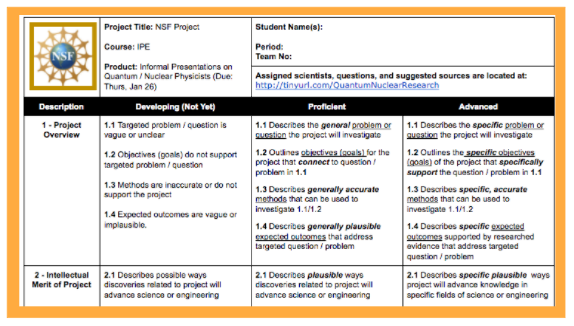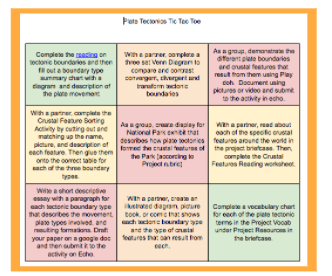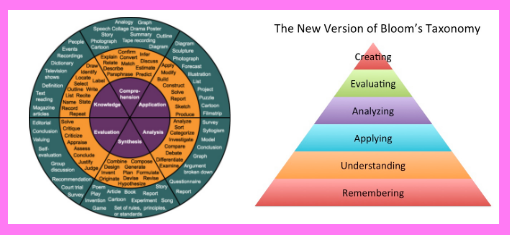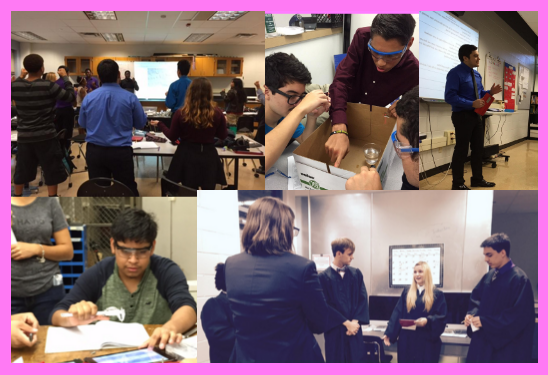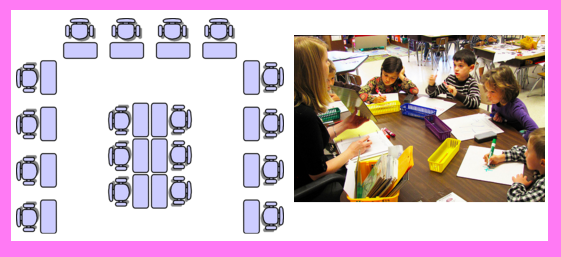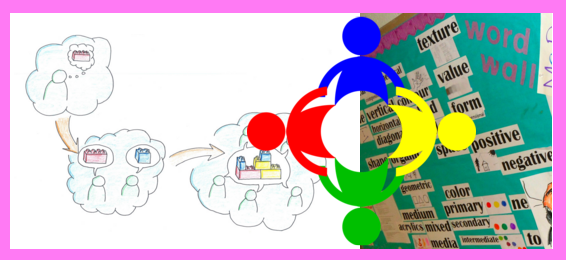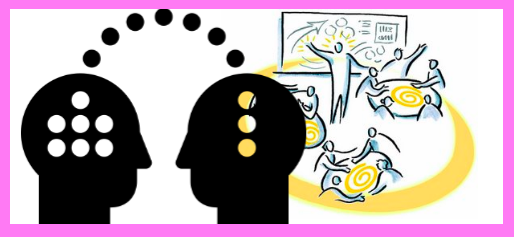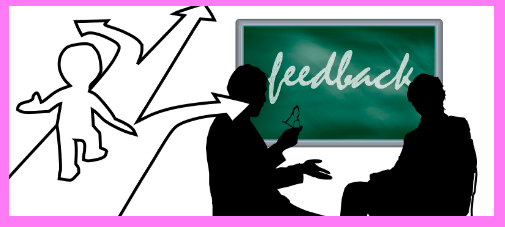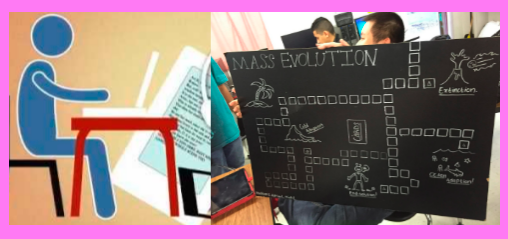Personalization is designing PBL units to meet students’ individual needs and preferences. Systems that incorporate personalization promote:
- Flexibility in End Products
- Flexibility in Scaffolding
- Flexibility in Assessments
Flexibility in End Products
Student Choice in Product Topics
Teachers can allow for flexibility in end products by giving students choices in their end product formats and topics. In the Emerging Technologies project, students were able to choose any one of the NEA Engineering Challenges as the topic of the grant that satisfied the rubric below.
To support research into their choices, the Integrated Physics and Engineering teachers, Dr. Trinidad and Mr. Fishman, prepared the following Google Sheet to make students aware of possible choices and related resources.
Student Choice in Product Formats
Students can also be given choice over product format. Students satisfied the rubric criteria below by either creating a sports science video or a sports science magazine article:
 |
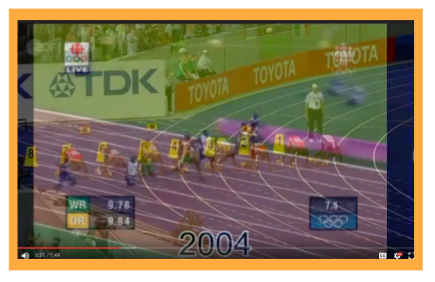 |
Flexibility in Scaffolding
Differentiated Curriculum Charts
Creating differentiated curriculum charts is one way teachers can enable student choice while scaffolding content objectives. Differentiated curriculum charts give students choices on the learning activities they will use to develop mastery of content. To read more about how to create differentiated curriculum charts, read this related blog article.
To see a sample differentiated curriculum chart, click the example below:
Flexibility in Assessments
Grade Cascades
Teachers create flexibility in the assessment process by offering students multiple opportunities / methods to demonstrate mastery of content. One way Dr. Trinidad honors the fact that different students learn at different paces is to use grade cascades. When students take tests, they can earn a grade cascade by passing the test. If they pass the test, Dr. Trinidad replaces all related scaffolding grades (including ZEROES) with the grade on the test. If students fail the test, they have until the end of the grading period to attend tutorials to prepare for a test retake and then take a second version of the test. Students who succeed in the test retake also have their grade cascaded to related assignments. Having a long retake period and applying the grade cascade helps Dr. Trinidad assign grades to students that honor the fact that some students need more time and more exposure to content to develop mastery. The grade cascade system also rewards students who do not complete practice sets because they do not need as many repetitions to understand how to solve problems. These students can recover points by demonstrating on tests that they fully understand the content.

